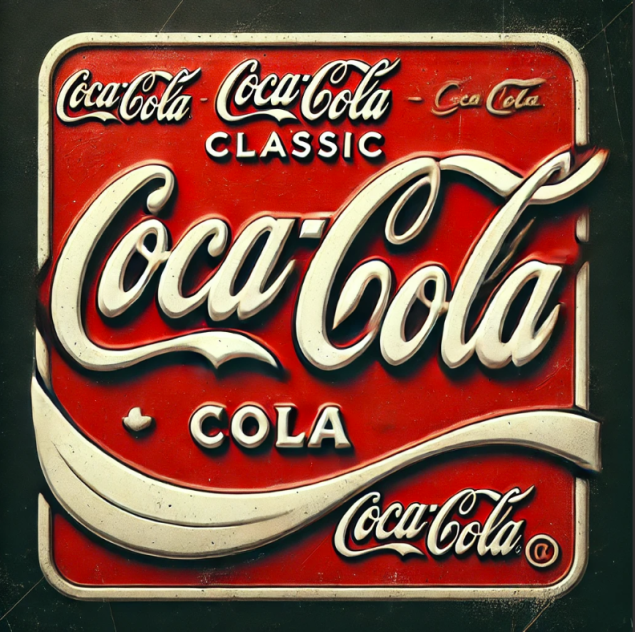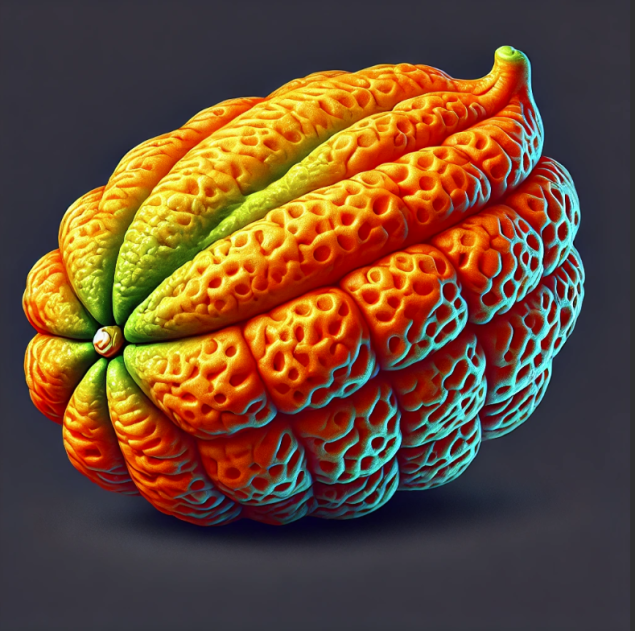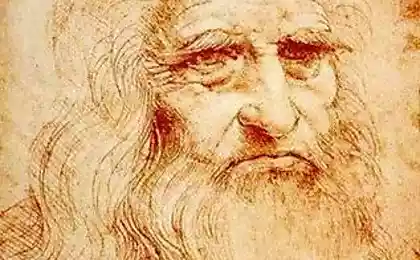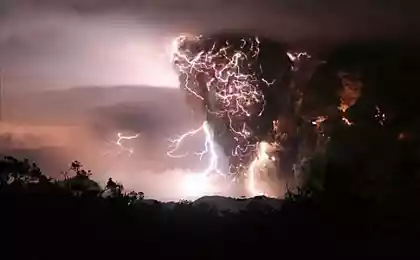242
The Mandela Effect: Why Thousands Remember Events That Never Happened

The Mandela Effect is a mysterious phenomenon where large groups of people share the same false memories of historical events, popular culture and well-known facts. It raises questions about the nature of memory, reality, and even parallel universes.
Origin of the term
The name “Mandela Effect” came to light after the death of Nelson Mandela in 2013. Many people were convinced that Mandela died in prison in the 1980s, when in fact he lived until 2013. This phenomenon became the starting point for the study of such mass false memories.
Examples of the Mandela Effect
The Coca-Cola logo
Many remember that the Coca-Cola logo had a dash between Coca and Cola. In fact, the dash was never there.

The title of the cartoon "Bear cubs Berry"
Most people believe that the title of this cartoon sounded like “Berenstein Bears”. The correct spelling is Berenstain Bears.

Mountain Orange Fruit
Many people believe that there is a fruit called “mountain orange” (monkeyorange). However, this fruit does not exist - it is a fictional fruit from books and movies.

Possible explanations
Scientists offer several versions of the causes of the Mandela effect:
- Parallel universes: Humans could move between parallel realities where events evolved differently.
- Memory errors: Human memory is imperfect and prone to distortion, especially in relation to well-known facts.
- Manipulation of reality: Conspiracy theorists believe that reality is deliberately altered by powerful forces.
The Mandela Effect is a window into the human mind, revealing how fickle and variable our memory and perception of reality are. Dr. Julia Shaw, Cognitive Psychologist
The phenomenon of the Mandela effect continues to excite the imagination of researchers and ordinary people. Perhaps one day we will find answers to these puzzling questions about the nature of memory, perception, and reality itself.
Amazing underground cities of the world: from ancient dungeons to modern shelters
Secret languages: how secret societies encrypted their messages























